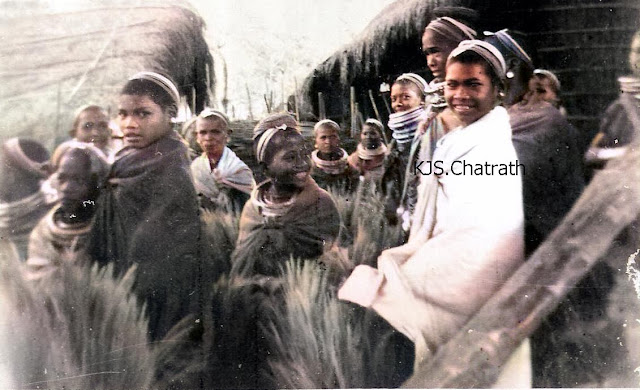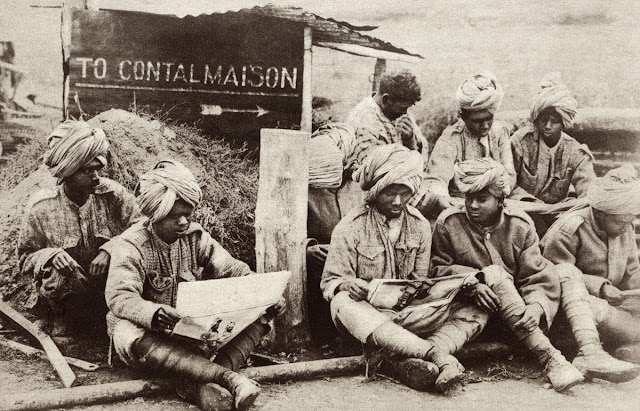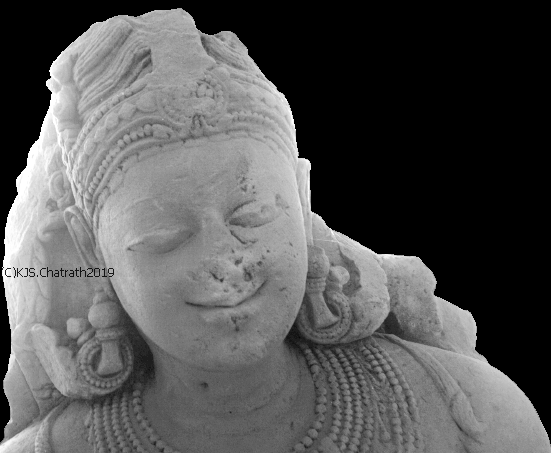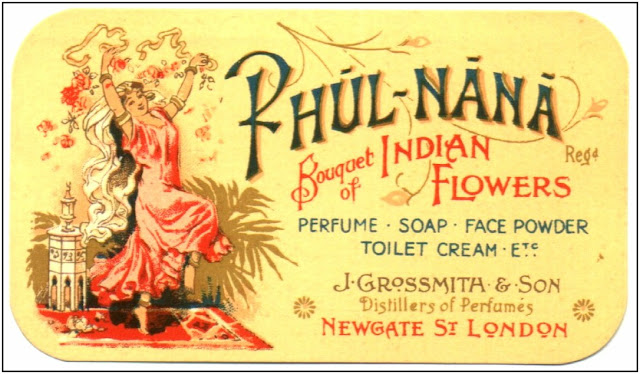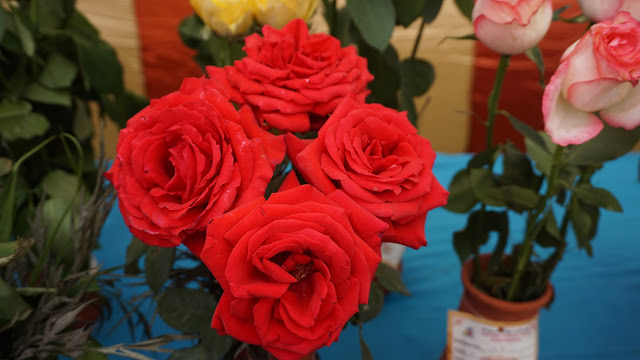'Buddhist relics at Ratangiri, 5th century AD, Odisha, India' - by K J S Chatrath
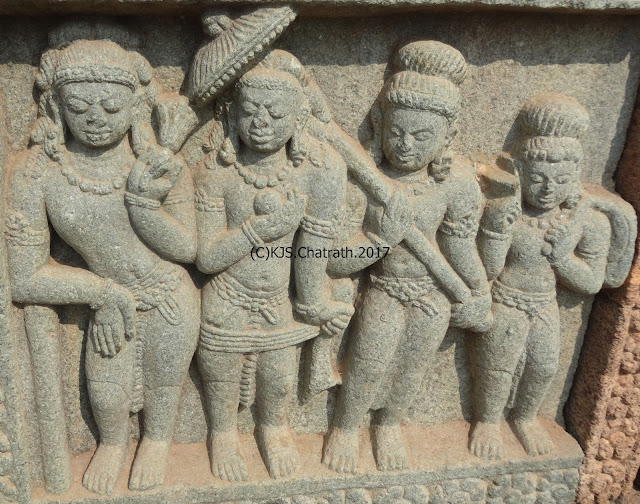
I have visited Ratangiri Monastery in Jajpur district of Odisha twice. It is on the flat hill top and affords a panoramic view of the surrounding. It might have been chosen by the Buddhist establishment for its isolated eminence which ensures the monks seclusion for the serene and calm atmosphere necessary for monastic life, meditation and studies. Excavations conducted by Archeological Survey of India in late 1960s yielded the remains of an impressive stupa (Stupa I) surrounded by a large number of votive stupas of varying dimensions, two quadrangular monasteries (monastaries 1 &2), a single winged huge monastery with beautiful carved doorjamb and lintel, specious open court yard, cells and verandahs facing the courtyard with a large sanctum enshrining colossal Buddha. The existence of temple with curvilinear tower is only one of its kind discovered in Odisha. From the impressive remains and a large number of sculptures discovered during excavations, it is clear that the B
